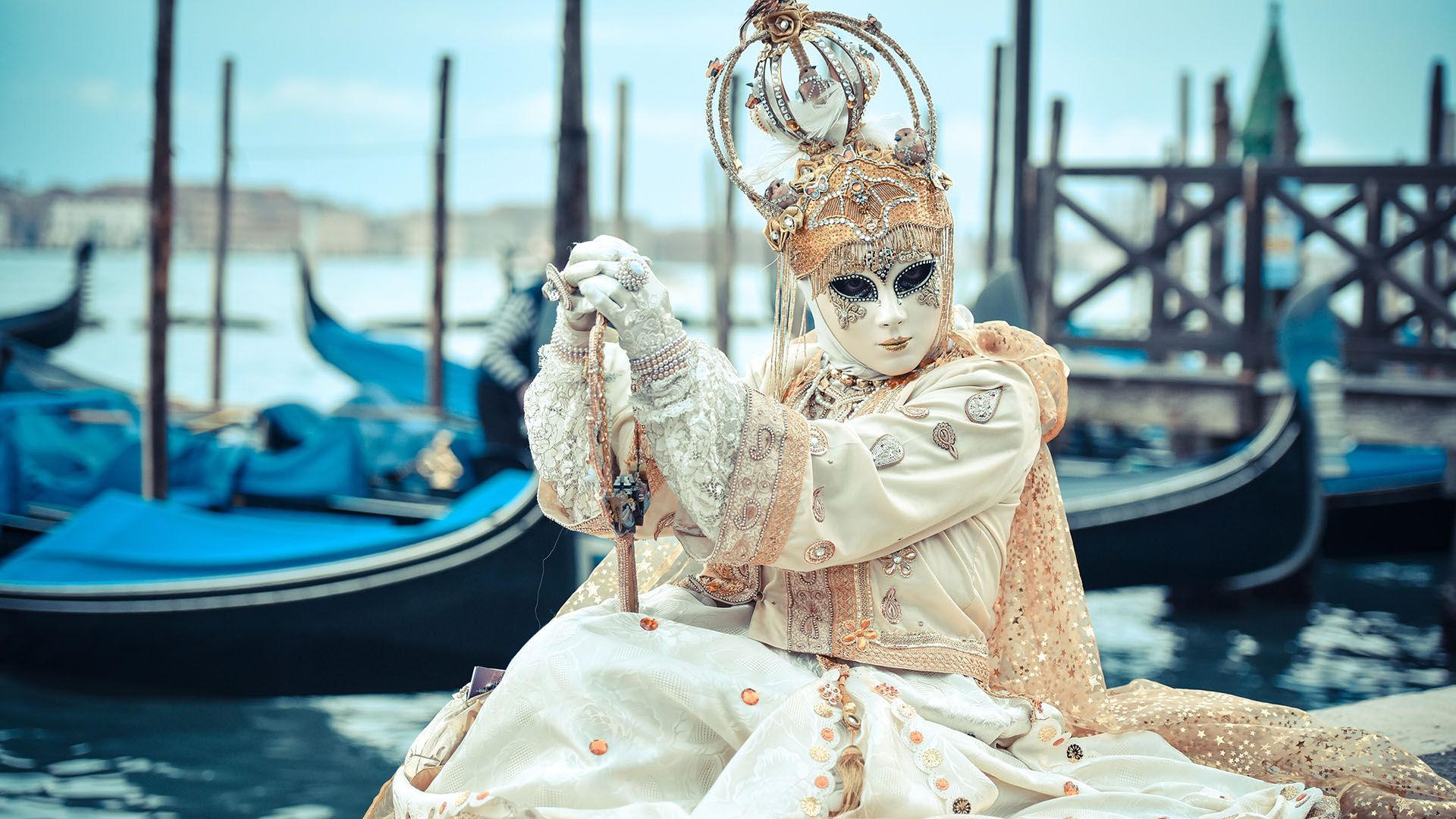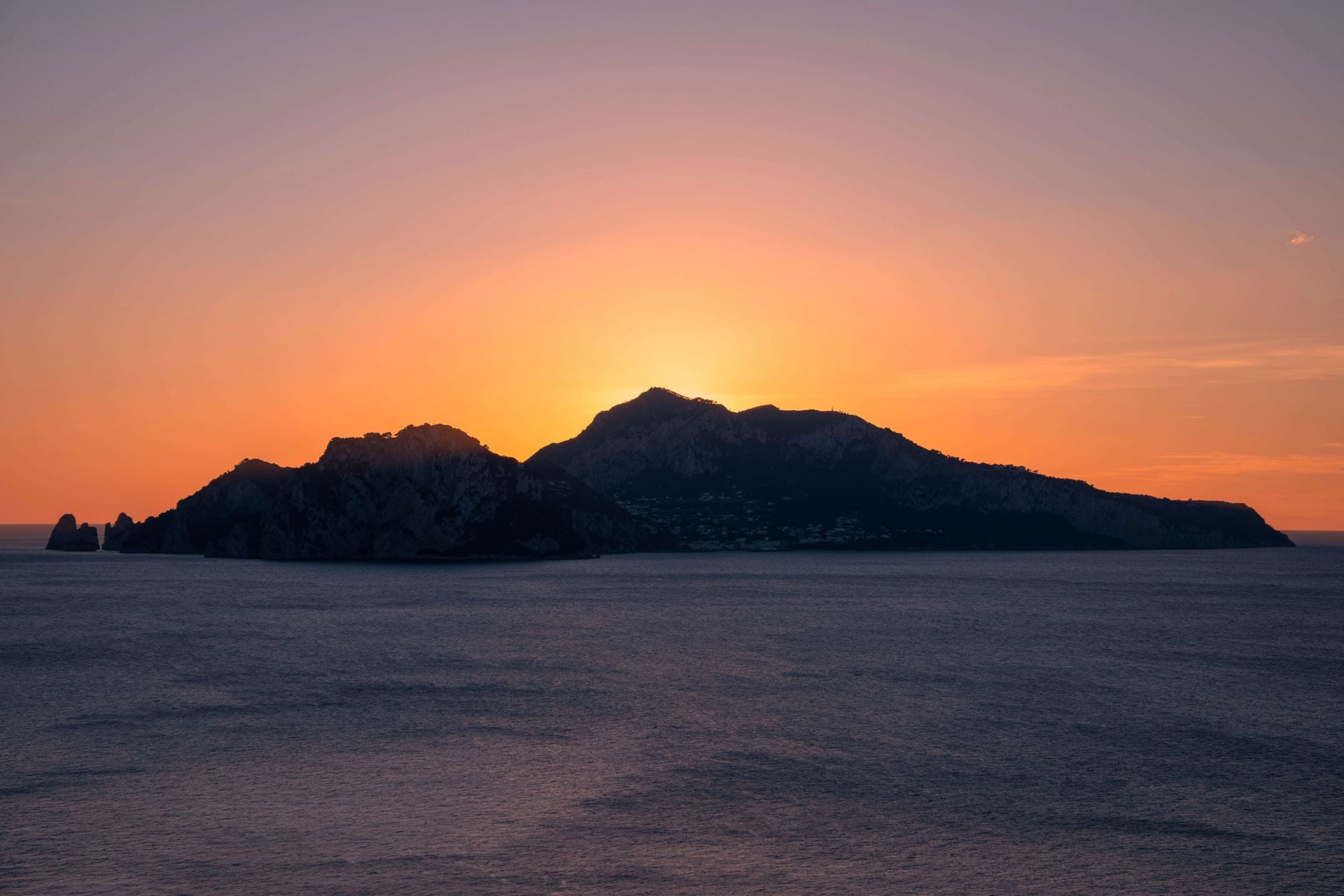Travel advice for Italy
From travel safety to visa requirements, discover the best tips for visiting Italy
- How to plan a trip to Italy on your own
- Getting around Italy: Transportation Tips
- Shopping tips for Italy
- Italy travel tips for first-timers: what to know
- Best time to visit Italy
- 7 days in Italy itinerary
- The best 10-day Italy itinerary
- 14 days (two weeks) in Italy itinerary
- How to get from Rome to Florence
- How to travel to Italy on a budget
- A guide to Cinque Terre, Italy
- How to get around Venice
- When's The Best Time To Visit Venice
- How to navigate Rome like a pro
- How to get to Italy
- Italy travel health tips
- History of Italy
- Activity
- Nature & Wildlife
- Authentic Experiences
- History Culture Heritage
- Italy
- Tuscany
- Venice
- Florence
- Rome
- Trieste
- Inspiration
- See & Do
- Where to stay











